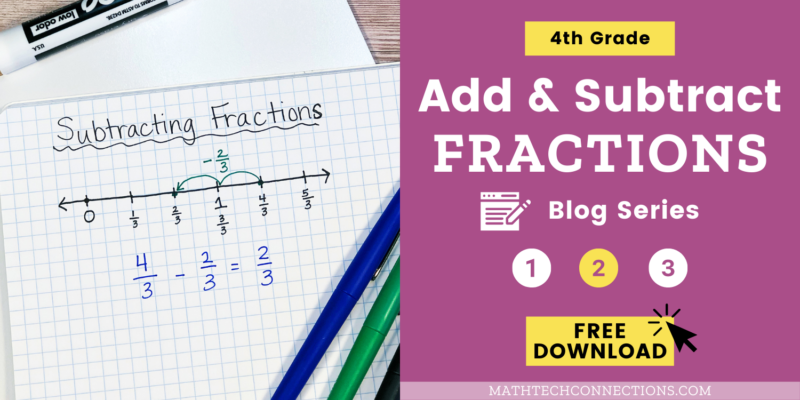
Fourth grade really focuses on cementing the idea that fractions are parts of a whole that can be added together or broken apart. Students work solely with like denominators to add, subtract, model, write equations, and justify their thinking. Students should be able to do this with mixed numbers and fractions and be able to use visuals to solve word problems. How do I accomplish all of that you ask?
Adding Fractions With Like Denominators
Pattern blocks and number lines are ideal for fourth graders because they provide consistent denominators.
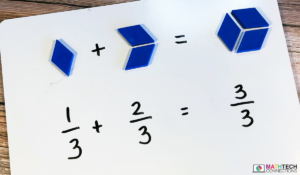
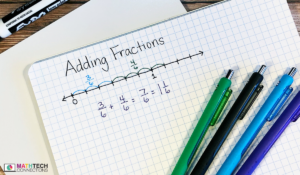
Subtracting Fractions With Like Denominators
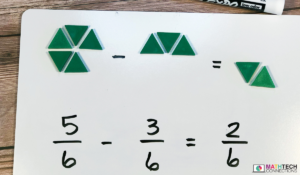
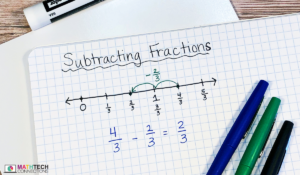
Solving Word Problems Like a Pro
The key to solving word problems is to make sure you really understand what the question is asking. If a student can’t explain the problem without looking at it, he probably doesn’t understand it well enough to solve it…yet. Rereading the problem and drawing a picture are invaluable tools for success.
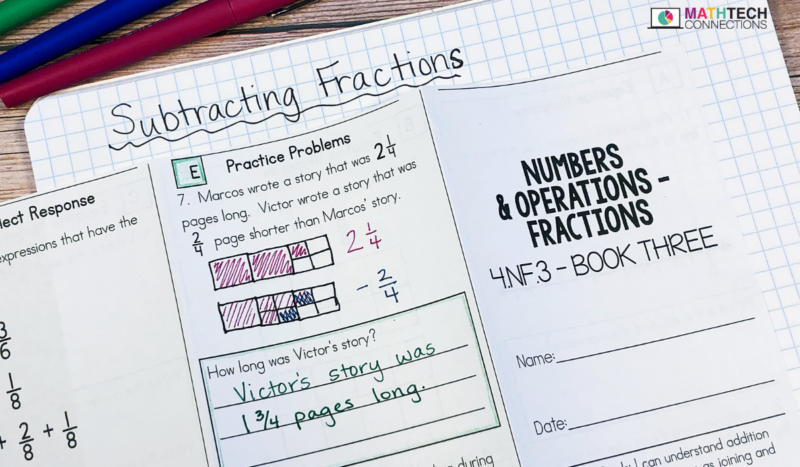




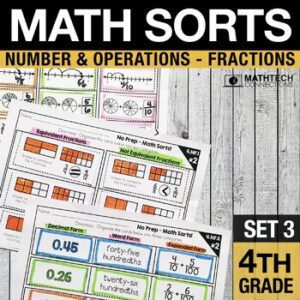
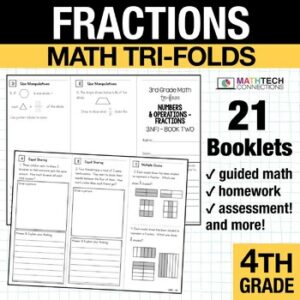
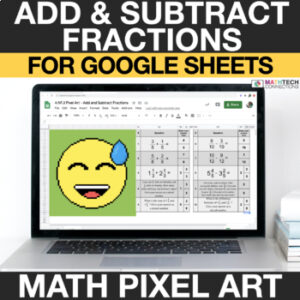
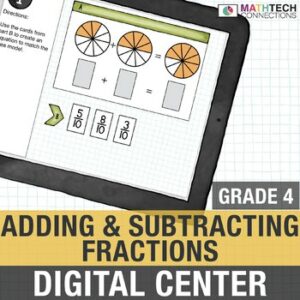
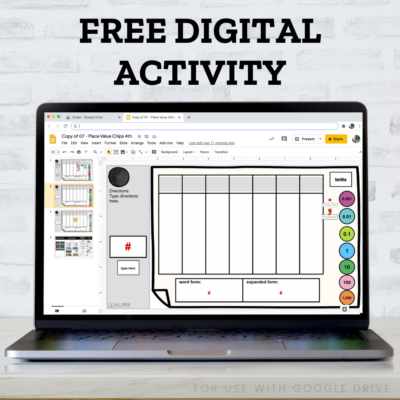



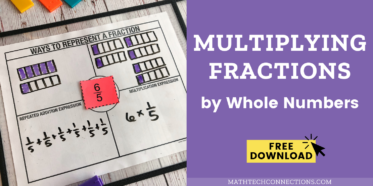

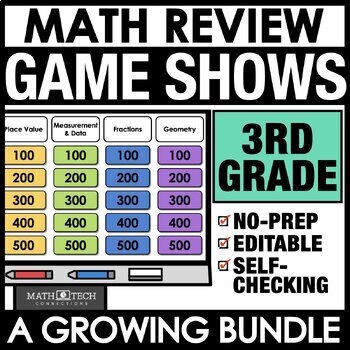
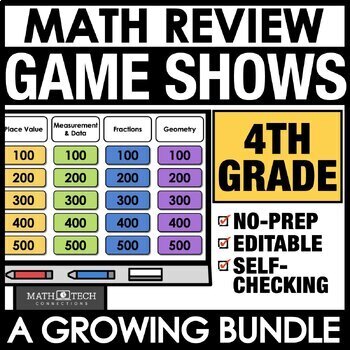
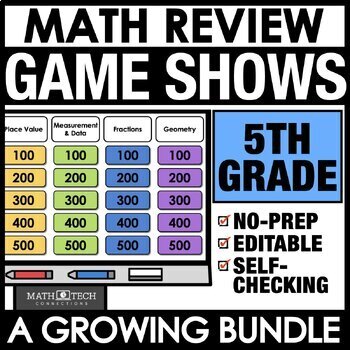

Thanks